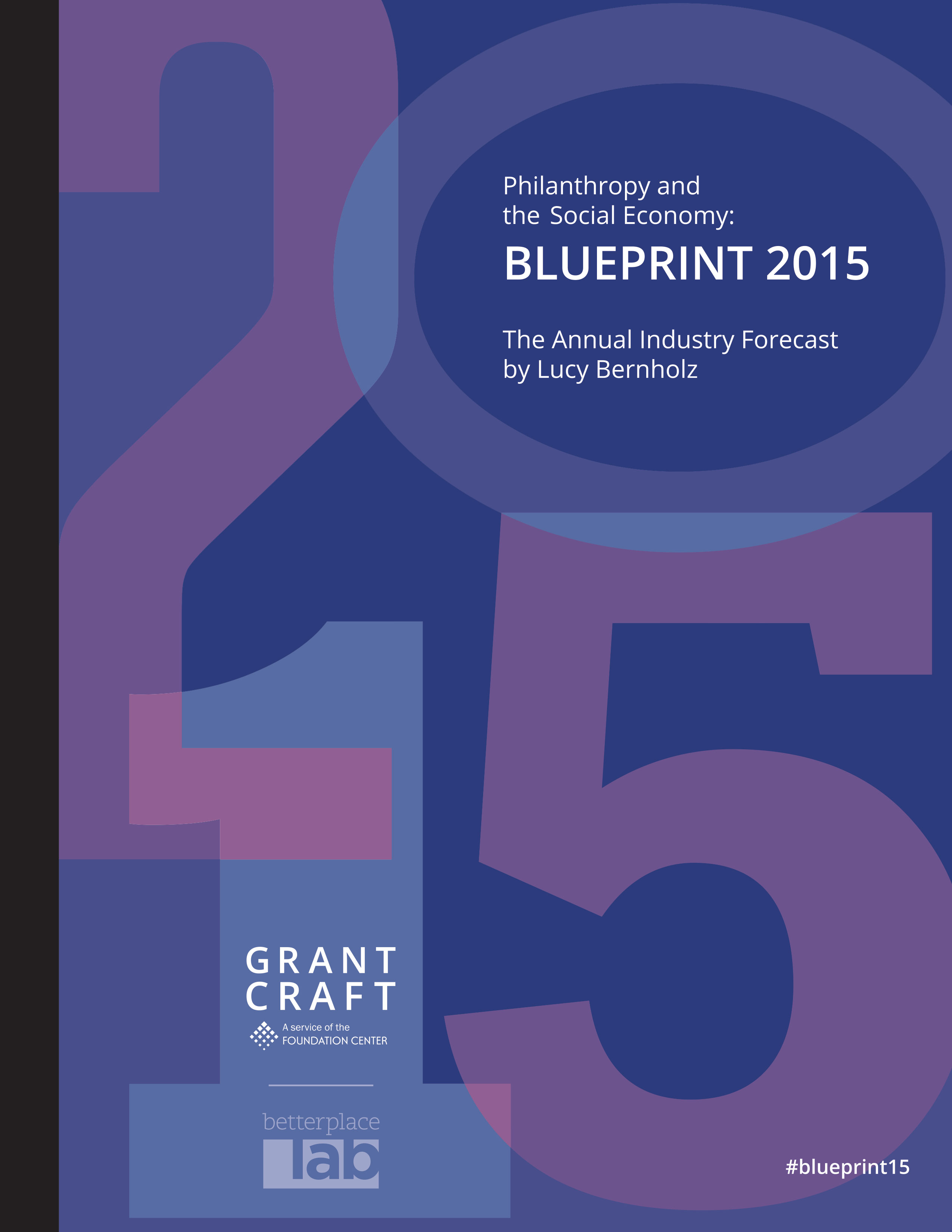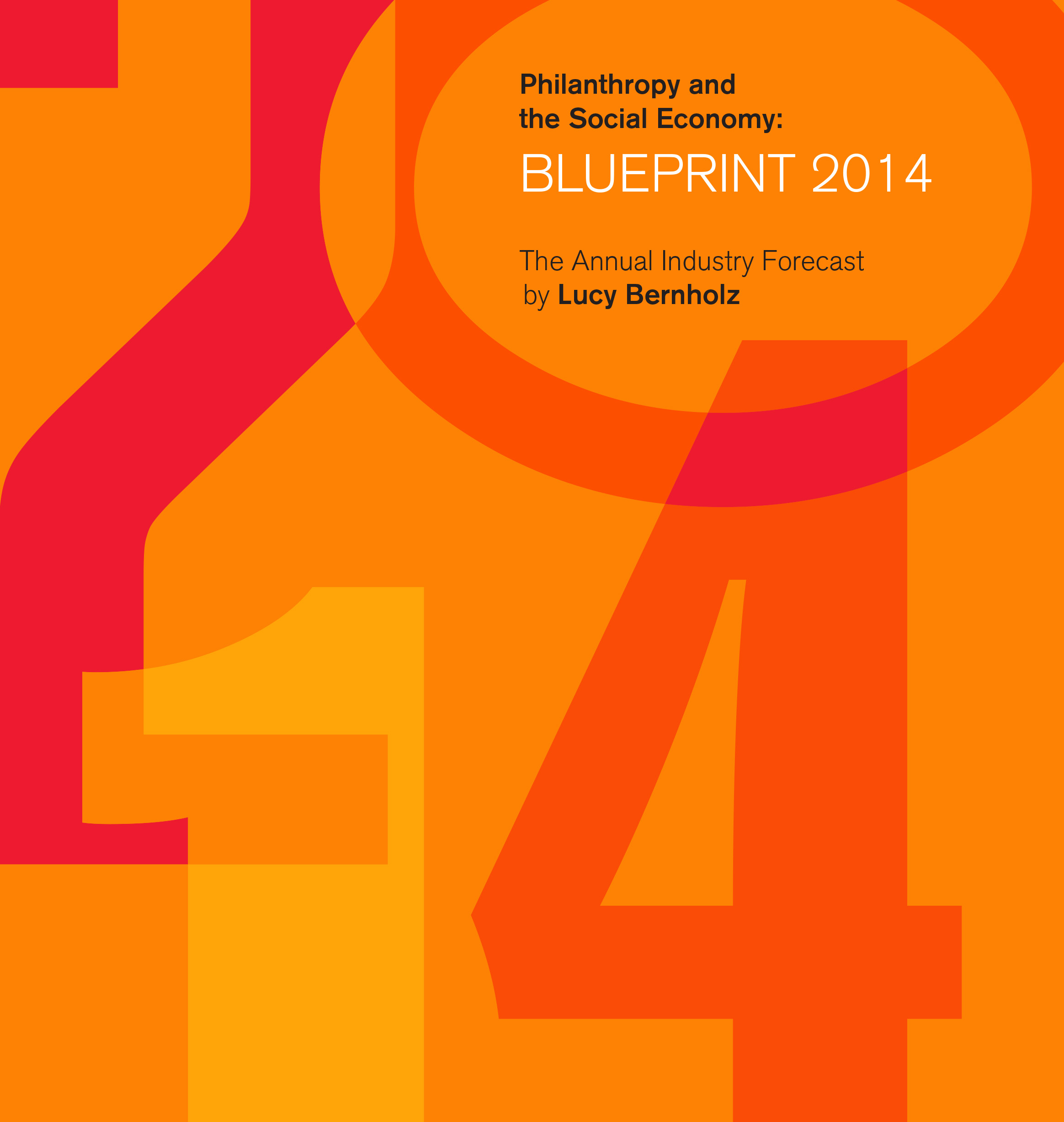Increasing Organizational Diversity Not just nonprofits
Outside the U.S., nonprofits have less dominion over social purpose. Informal associations, community groups, co-operatives, and social businesses are all experimenting with digital tools for social benefit. In some cases, there is no formal nonprofit or public benefit organization involved in the work. Many examples of digital innovation come from individuals with an interest in a cause. Examples include online communities where people with specific diseases share insights and provide each other with emotional support, innovators tinkering with 3D printers to create open-source blueprints for building low-cost shelters, and networks of citizen “scientists” using free phone apps to monitor air quality in their communities. These are all examples of “digital innovation” going “social.”
Examples like these are also happening in the United States, but our tendency toward institutions (nonprofits in particular) means that much of the conversation I hear about digital innovation in the U.S. is really asking whether or not nonprofits are making the most of technology. To me, this is asking when and how the “social” sector is going digital. The difference is more than semantic. Digital tools are important partly because they facilitate decentralized decision making, distributed input, and networked resources. In other words, they facilitate new forms of action that not only are unlikely to be tried within existing organizations, but also may well be threatening to them. To see the whole picture of digital civil society in the U.S., we have to look at examples of both digital innovation with a social purpose and social institutions that are experimenting with digital approaches.
Scanning studies of “digital social” make it clear that a great deal of innovation in the use of digital for social good is coming from outside nonprofits. It comes from digital innovators creating tools for social purposes and from activists and informal networks of residents adapting their work to digital platforms. In many domains — such as education and health care — the lure of commercial success is attracting digital innovators. Their experiments, especially when successful, then reshape the demands of nonprofits in those domains.
Takeaways are critical, bite-sized resources either excerpted from our guides or written by Candid Learning for Funders using the guide's research data or themes post-publication. Attribution is given if the takeaway is a quotation.
This takeaway was derived from Philanthropy and the Social Economy: Blueprint 2015.


